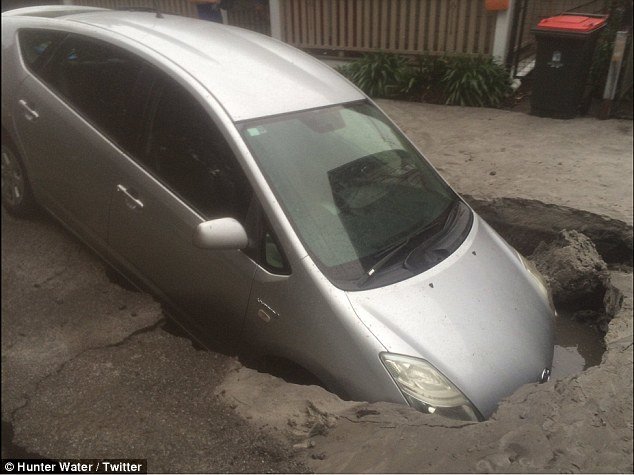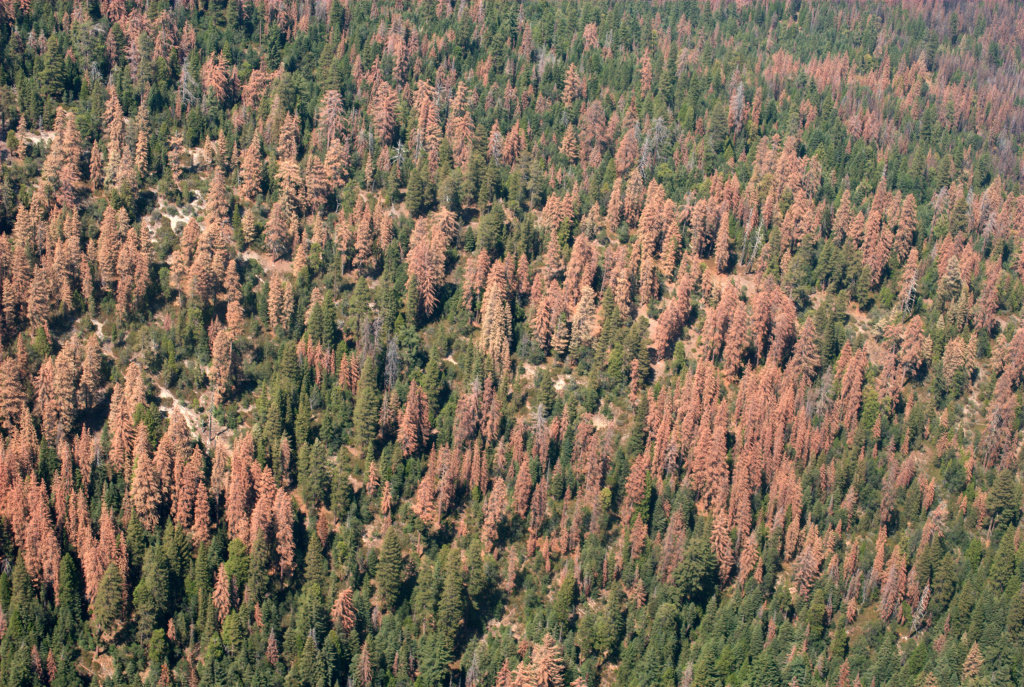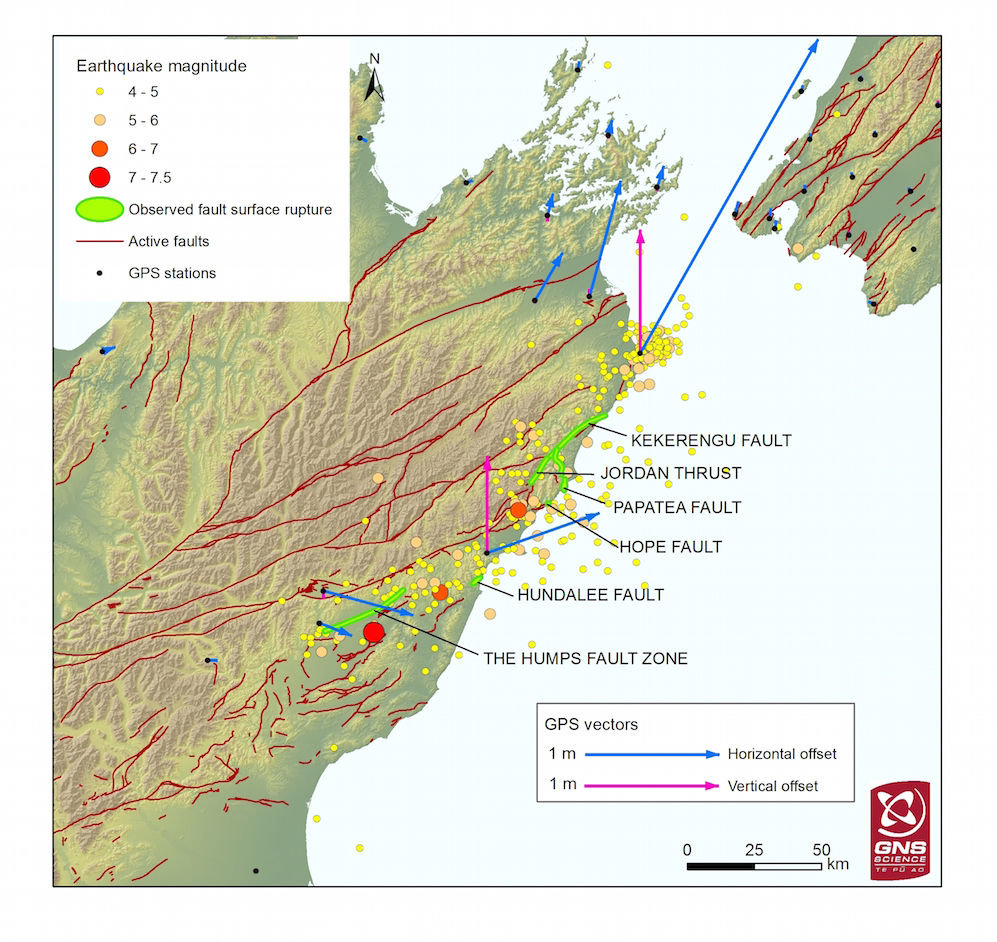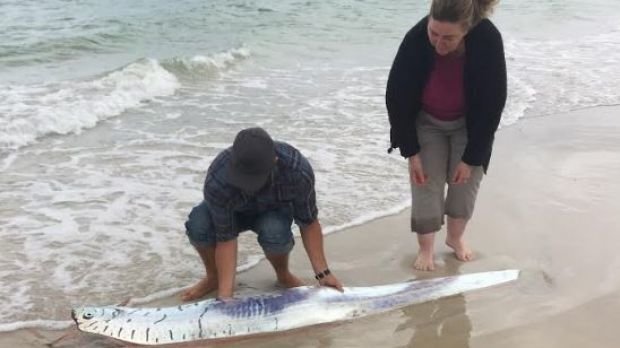OF THE
TIMES


The U.S. Forest Service is also having to use more of its resources fight wildfires rather than restoring forests, according to the release. Fire management rose to 56 percent of the Forest Service's budget last year and is expected to hit 67 percent of the budget in 2025. At the same time, dead and dying trees increase wildfire risk, Agriculture Secretary Tom Vilsack said in the release.
- Five consecutive years of severe drought in California
- A dramatic rise in bark beetle infestation
- Warmer temperatures



Comment: Winter drought forecast for much of United States